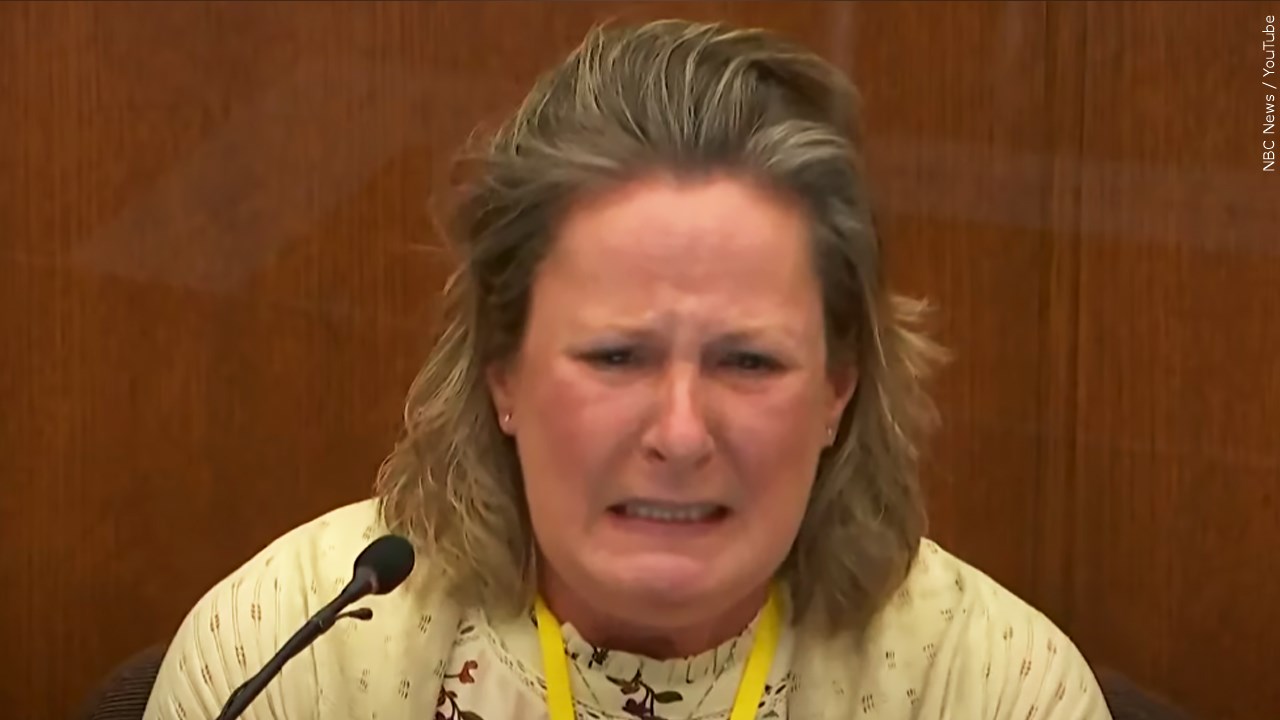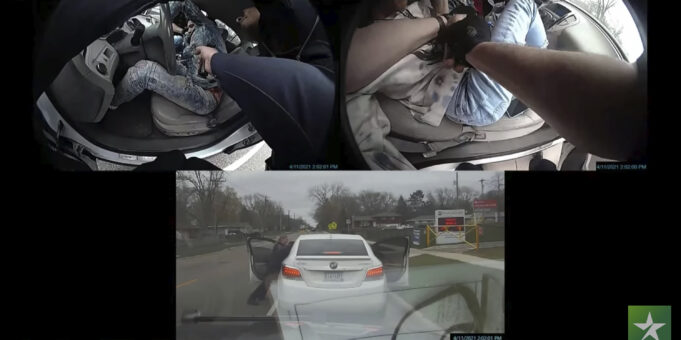MINNEAPOLIS—The suburban Minneapolis police officer who says she meant to use her Taser instead of her gun when she shot and killed Black motorist Daunte Wright made a “blunder of epic proportions” and did not have “a license to kill,” a prosecutor told jurors on shortly before they began deliberating in her manslaughter trial.
Kim Potter’s attorney Earl Gray, though, countered during closing arguments that the former Brooklyn Center officer made an honest mistake by pulling her handgun instead of her Taser and that shooting Mr. Wright wasn’t a crime.
The mostly White jury began deliberating shortly before 1 p.m. on Dec. 20, at Final Call presstime. Ms. Potter, 49, is charged with first- and second-degree manslaughter in the April 11 shooting, which came after Mr. Wright was pulled over for having expired license plate tags and an air freshener hanging from his rearview mirror.
Prosecutor Erin Eldridge said during her summation that Mr. Wright’s death was “entirely preventable. Totally avoidable.” And claiming it was a mistake is not a defense, she said, pointing out that the words ”accident” and “mistake” don’t appear in jury instructions.
“Accidents can still be crimes if they occur as a result of reckless or culpable negligence,” Ms. Eldridge said.
“She drew a deadly weapon,” Eldridge said. “She aimed it. She pointed it at Daunte Wright’s chest, and she fired.”
“Daunte Wright caused his own death, unfortunately,” asserted the defense lawyer.
Ms. Eldridge said the case wasn’t about whether Ms. Potter was sorry.

Playing Ms. Potter’s body camera video frame by frame, prosecutor Eldridge sought to raise doubts about Ms. Potter’s testimony that she fired after seeing “fear” on the face of another officer, then-Sgt. Mychal Johnson, who was leaning into the car’s passenger-side door and trying to handcuff Mr. Wright.
The defense has argued that Sgt. Johnson was at risk of being dragged and that Ms. Potter would have been justified in choosing to use deadly force. But Ms. Eldridge pointed out to jurors that Ms. Potter was behind a third officer whom she was training for much of the interaction, and that Sgt. Johnson didn’t come into the view of her camera until after the shot was fired—and then it showed the top of his head as he backed away.
As prosecutors have done throughout the three-week trial, Ms. Eldridge stressed that Ms. Potter, who resigned from the police force two days after the shooting, was a “highly trained” and “highly experienced” 26-year veteran, and said she acted recklessly when she killed Mr. Wright.
“She made a series of bad choices that led to her shooting and killing Daunte Wright,” Ms. Eldridge said. “This was no little oopsie. This was not putting the wrong date on a check. … This was a colossal screwup. A blunder of epic proportions.”
During cross-examination, the prosecutor drove hard at Ms. Potter’s training, getting her to agree that her use-of-force training was a “key component” to being an officer. Ms. Potter testified that she was also trained on when to use force and how much to use, and that there was a policy that dictated what officers could or could not do.
Ms. Potter was shown photos of her Taser and firearm next to one another. The Taser was yellow and her gun was Black. Atty. Eldridge noted that the loaded gun is heavier than the Taser.
“So you went out on the street with a Taser, not knowing what that Taser did?” Atty. Eldridge asked Ms. Potter.
Ms. Potter said she never used a Taser while on duty during her 26 years on the force, though she had pulled it out a few times, and that she never used her gun until the day she shot Mr. Wright.
Ms. Potter’s use of deadly force against Daunte Wright was not appropriate, a use-of-force expert testified earlier at the trial, undercutting a defense argument that she would have been justified in shooting Mr. Wright even if she didn’t mean to.
“The use of deadly force was not appropriate and the evidence suggests a reasonable officer in Officer Potter’s position could not have believed it was proportional to the threat at the time,” said Seth Stoughton, a professor at the University of South Carolina School of Law.
Ms. Potter resigned from the Brooklyn Center police force two days after she shot and killed Mr. Wright.
Ms. Potter is White and Mr. Wright was Black, and his death set off several nights of angry protests in Brooklyn Center. It happened while a White former officer, Derek Chauvin, was on trial in nearby Minneapolis for the killing of George Floyd.
(Compiled from Associated Press reports.)













